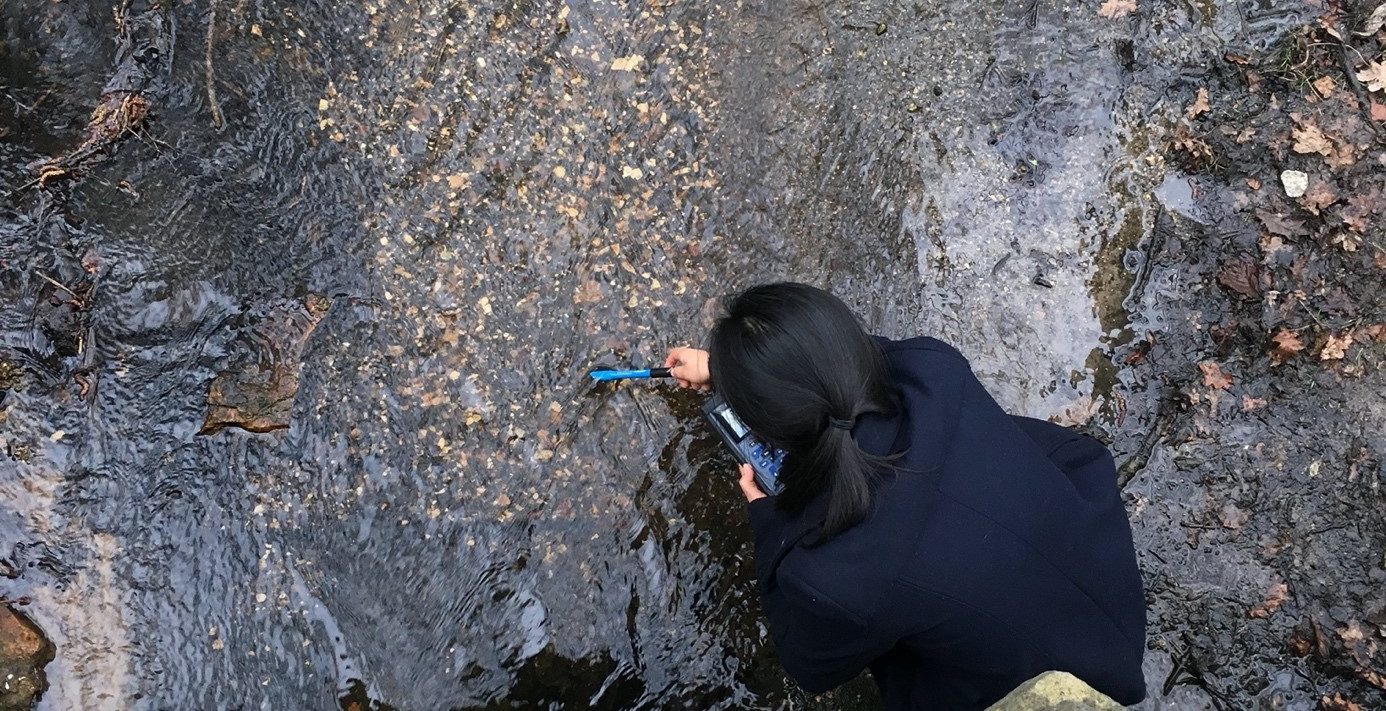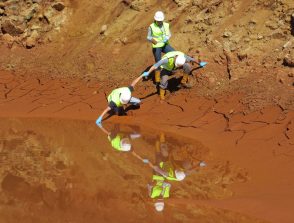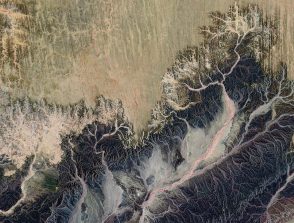PIREN Seine: transfers of nanoparticles to watercourses in drained agricultural basins
Characterising nanoparticles from agricultural catchments to better understand their origin and fate in the critical zone.

Start: 01/01/2020 - End: 31/12/2023
Coordinators : Marc Benedetti
Host institutions :
Sorbonne Université
Partner institutions :
MINES ParisTech, PSL Research University
Related themes :
Earth System Science







